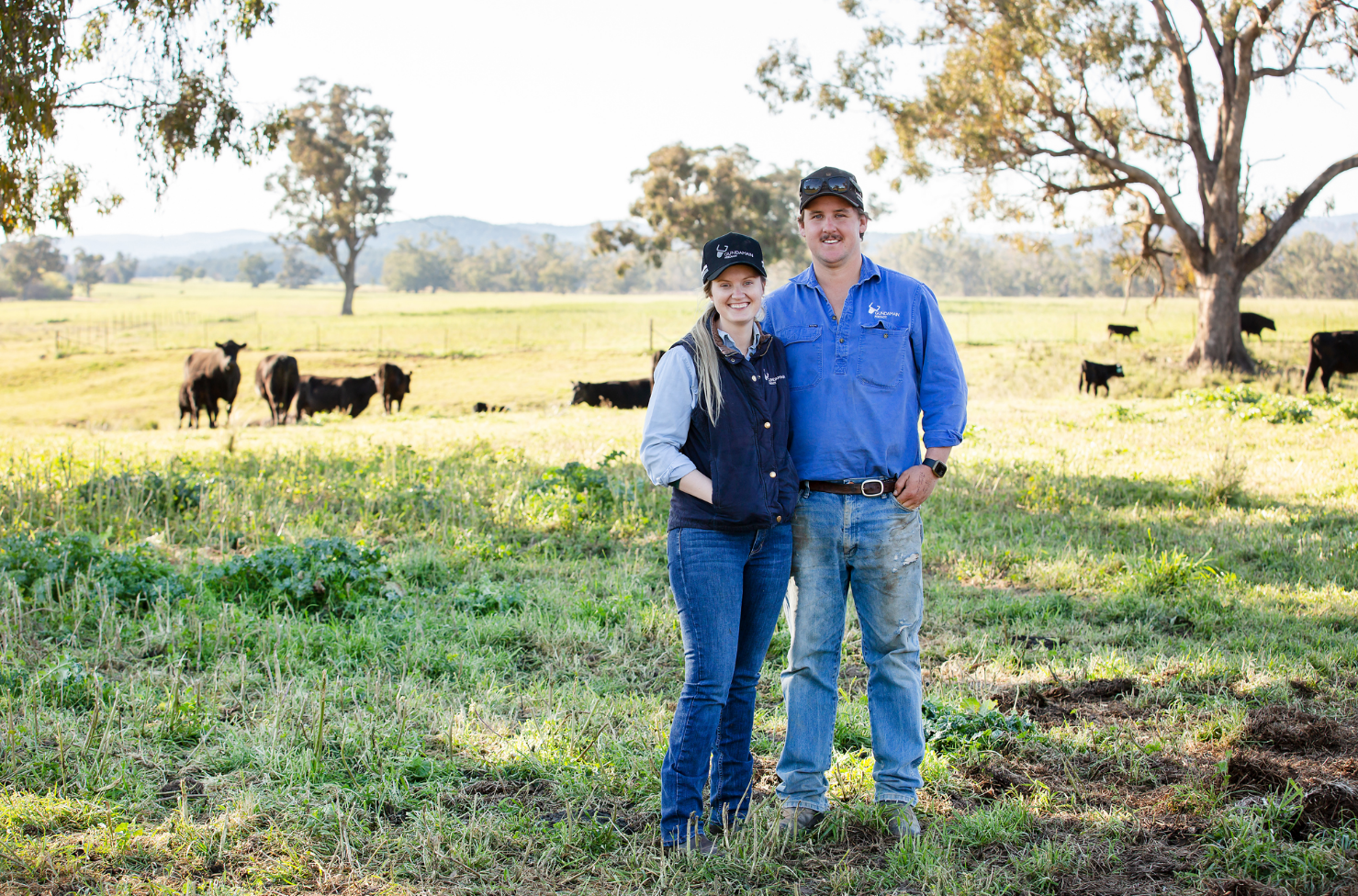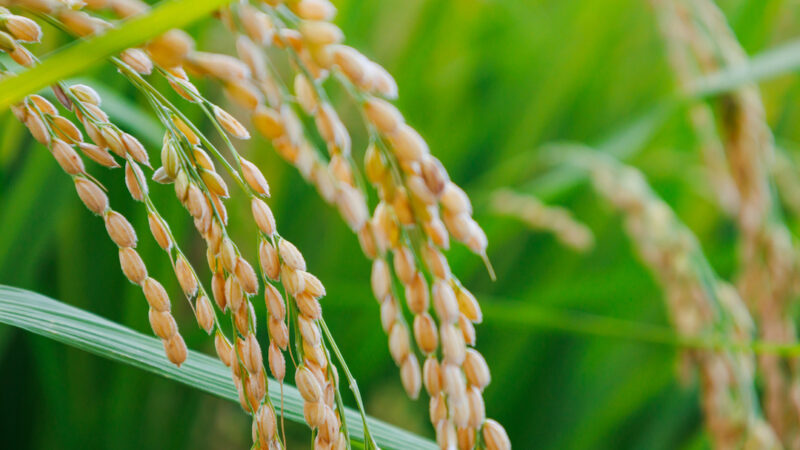Australia is a step closer to being a global leader in drought resilience innovation. Beanstalk…
Building drought resilience from the feedlot

International Day of Rural Women is a reminder of the vital work rural women have always done � and the changing way they�re contributing to agriculture now.
As a prime example, Nuffield drought resilience scholar Caitlin Herbert is using her background on her family�s farm to examine the ways feedlots can help the beef supply chain through building drought resilience.
Ms Herbert has been working on Gundamain for five years. The family farm more than 16,000 acres at Eugowra, Central West NSW. They operate a feedlot, a breeding cattle herd, sheep, hay production, and dryland cropping.
The property has been in the family for six generations and celebrated 150 years of family farming last year, but Caitlin is the first daughter to come back home and work on the farm.
�I�ve been very fortunate, and I�ve had a great 12 months � I�ve been able to travel to North and South America and visit feeding facilities across five countries,� Ms Herbert said.
�This learning opportunity has allowed me to be able to see other people doing what we do, but in a different way.
�It�s been really good for me to bring knowledge back to Gundamain so we�re better prepared for future drought, but it�s also been good for the wider Australian feed lotting and cattle industry.�
Ms Herbert�s scholarship has allowed her to investigate how feedlots can help the cattle industry prepare for and manage through drought, allowing for alternate feed sources, increased animal welfare, and creating contingency plans.
�I think one of the main reasons the feedlot industry took off in Australia was because of our weather extremes, particularly the droughts we experience.
�They are a little longer and harder than what our ancestors experienced, and we are experiencing them more often. It forces an intensification of the extensive beef industry.
�We�ve taken a lot of our knowledge on food storage, for example, and applied it to our cattle breeding production.�
Building drought resilience
Caitlin�s scholarship was made possible through the Future Drought Fund (FDF), which aims to build drought resilience into Australia�s agriculture sector.
First Assistant Secretary of Farm Resilience, Mel Brown, said the scholarships gave promising farmers the opportunity to get an international perspective on agriculture and building drought resilience.
�The support of the FDF means our farmers can learn from the best and bring that knowledge back home,� Ms Brown said.
�I�m glad to see Caitlin making the most of the opportunity to not only improve operations on her own farm, but to create a bank of data that other farmers can learn from.�

International Rural Women�s Day also provides an opportunity to reflect on the work that has been done to support gender diversity on agricultural boards. The department recently hosted the inaugural �Women on Agricultural Boards� event at the Australian Parliament House. This event provided a platform for vital conversations on supporting, connecting and empowering more women to leadership positions on government boards.
The department also maintains an Agriculture, Fisheries and Forestry Portfolio Boards Register (PBR), which allows people with diverse skills and backgrounds to be informed of board member opportunities being advertised, and to be considered for board and committee positions relating to their interests, experience and skills.
Read more:








